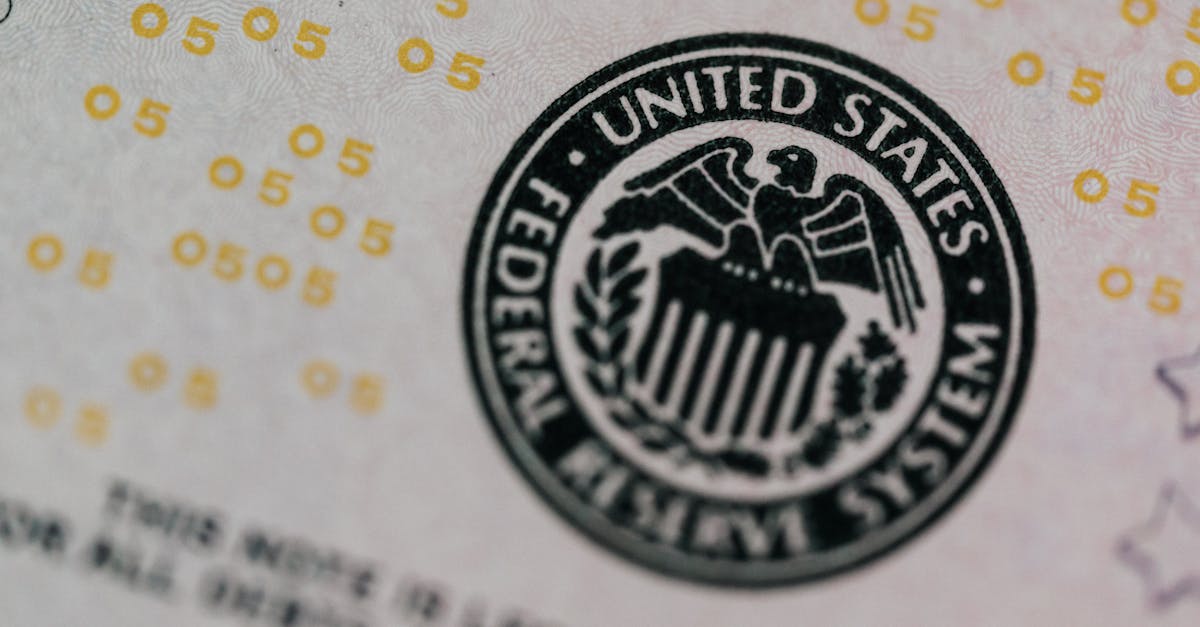Worst Market Start in Decades
hip Somodevilla / Getty Images

The stock market recorded its poorest performance in the first 100 days of a presidency in over 50 years.
The S&P 500 dropped more than 7% in the 100 calendar days (69 trading days) following Trump’s inauguration on January 20. This marks the weakest post-inauguration performance for the index since Gerald Ford took office in August 1974. Back then, stocks fell over 11% amid a stagflation crisis after Nixon’s resignation.
Limited Presidential Influence in Early Days
 Photo by Pixabay on Pexels
Photo by Pixabay on Pexels
A president’s economic impact isn’t always evident in their first 100 days—or even during their entire term. However, Trump has already disrupted both the U.S. and global economies.
He raised U.S. tariffs to their highest levels in nearly a century and challenged the Federal Reserve’s independence. These actions have fueled financial market instability worldwide. Consumer confidence has dropped sharply, recession risks have increased, and businesses face heightened uncertainty.
Early Market Optimism Fades
 Photo by Photo By: Kaboompics.com on Pexels
Photo by Photo By: Kaboompics.com on Pexels
When Trump took office, the stock market was thriving. Investors were hopeful about corporate tax cuts, deregulation, and a surge in mergers and acquisitions.
Stocks reached record highs shortly after his inauguration and remained strong for about a month. Then, weakening consumer sentiment triggered concerns on Wall Street. Since then, the market has experienced both its worst decline and one of its strongest rebounds in decades—all amid rising uncertainty from the president’s policies.
Growing Pushback from Supporters
The market turmoil has exceeded what many of Trump’s supporters expected. Business leaders who backed his re-election, anticipating pro-business policies, have opposed his tariff measures.
Small business optimism has declined. Even some of Trump’s most vocal Wall Street backers, frustrated with his trade policies, have publicly criticized his administration on social media.
Keywords for Image Search:
Stock market, S&P 500, Trump presidency, tariffs, Federal Reserve, consumer confidence, Wall Street, economic uncertainty